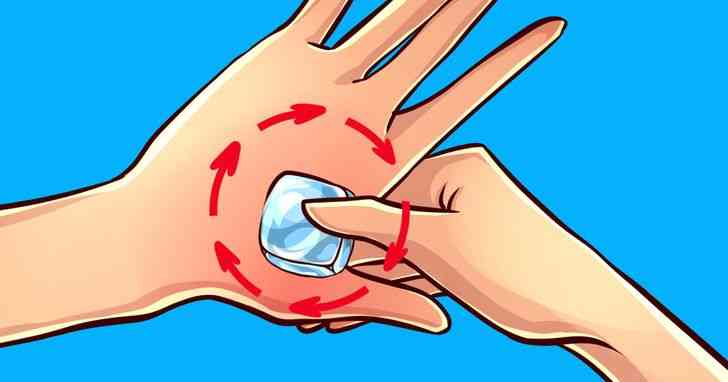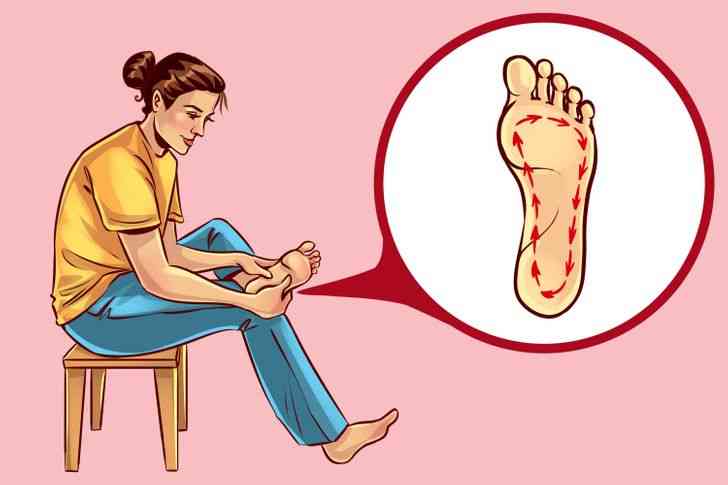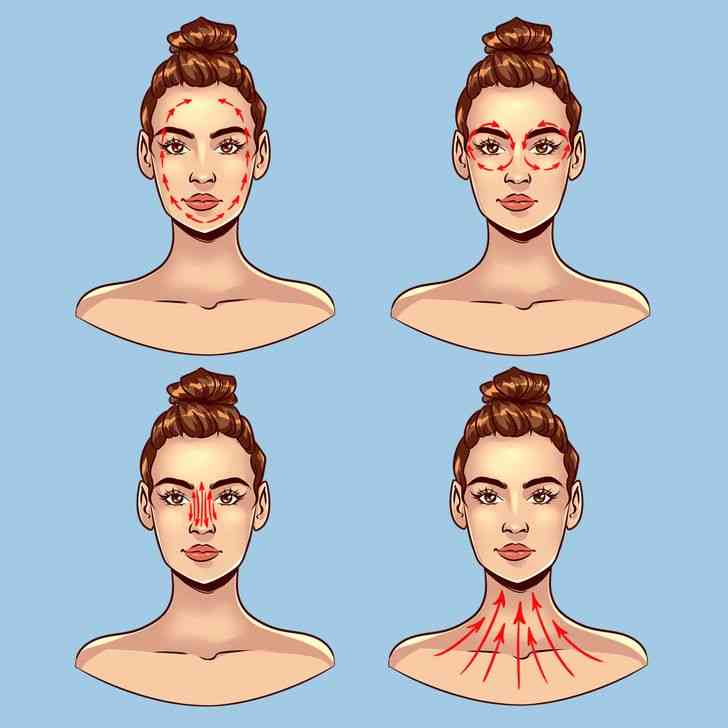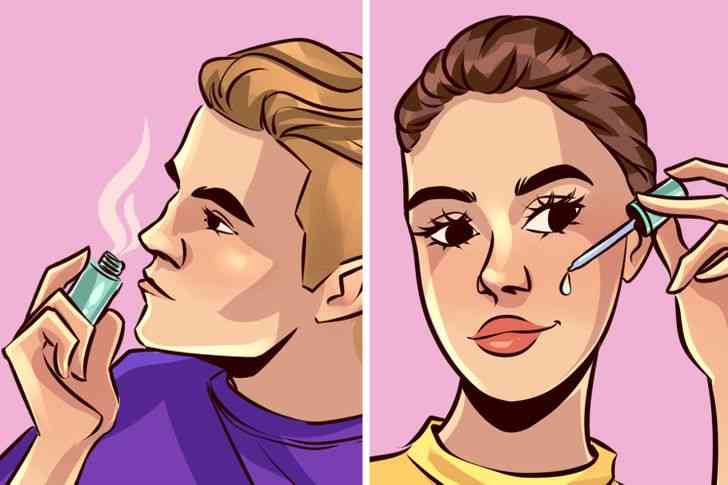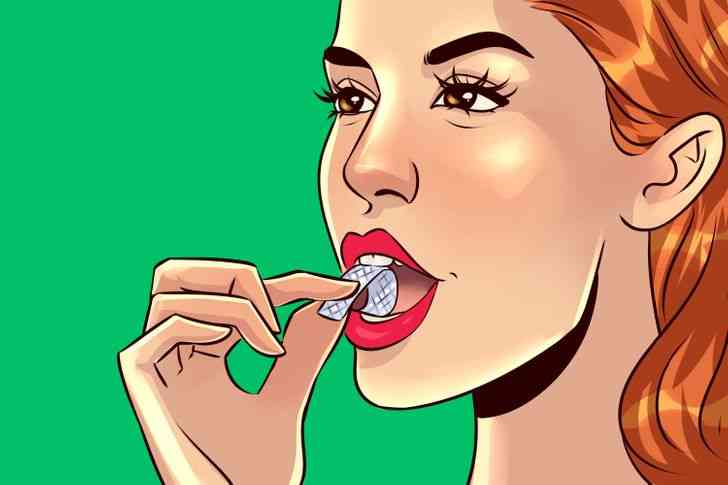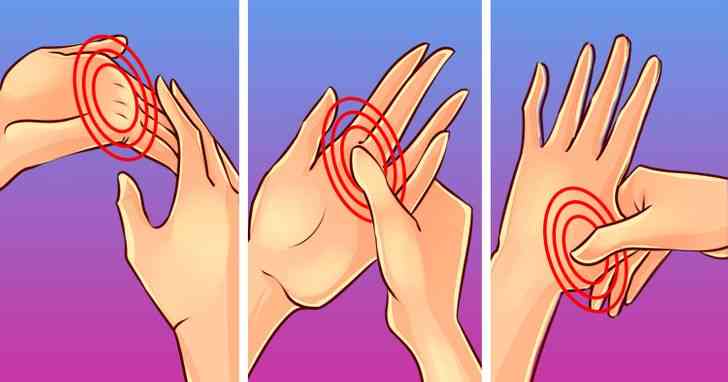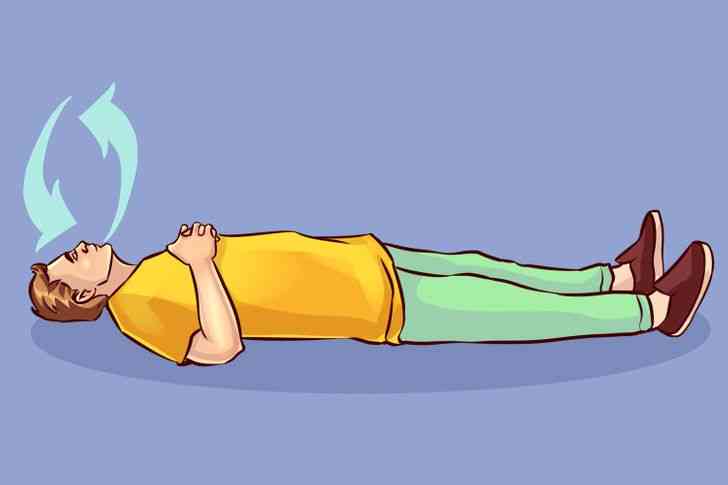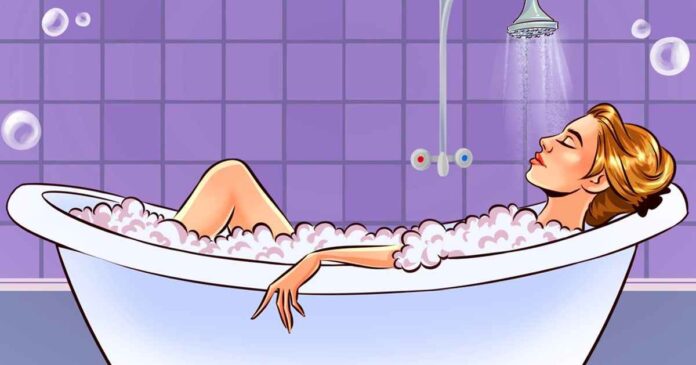
According to research, stress has about 50 negative health effects on a person’s mental and physical health. From time to time, we all feel tired, drained, and overly emotional for no apparent reason. It turns out that tension may be the culprit. As a result, we’ve assembled a list of exercises that will assist you in managing physical discomfort induced by stress as well as avoiding stress in the future.
What can you do to quickly get rid of physical pain?
1. Take a hot shower.

I was suffering from yet another severe headache, and nothing seemed to be helping. So, in a moment of desperation, I turned on the shower and sat in the tub. I just sat there with my head turned up, letting the hot water stream down on my head and forehead. And, oh my goodness, it worked like a charm! My headache was absolutely gone after I sat there for about 15 minutes!
A warm bath can help release endorphins, improve breathing, and even help blood sugar control and blood pressure. Additionally, an hour-long hot bath can burn up to 140 calories.
2. Use an ice cube.
An ice cube can be used to alleviate tooth pain. Start by placing it on the same side of your body as your aching tooth. Then, for 7 minutes or until it feels numb, rub it between your thumb and forefinger.
3. A foot massage for lower back pain
Reflexology is a pain-relieving technique that involves stimulating various zones of the legs and hands. The efficacy of reflexology is a topic of debate among academics. Several studies, however, indicate that reflexology can help with stress-related body pain.
According to study, stimulating specific areas of the foot will help expose chronic back pain much more than a normal massage.
Massage process:
Begin with dropping a bit of body oil onto your foot. Then start moving your thumbs from your heel to your toes, concentrating on the arch. Move your thumbs repeatedly this way for several minutes.
4. Face massage
Another indication of stress is pain in the face. Jaw pain, teeth grinding, lip trembling, and neck pain are all potential signs. However, there are a few simple massage methods that can help you relieve the pain in your face.
Massage process:
1. Just like in the previous case, start the massage by dropping oil on your face.
2. Using your fingers and palms, massage your face, moving from the chin upward, and massage the cheekbones upward as well.
3. Make circular movements around your eyes, pulling your lower eyelid upward, and around the temples.
4. Squeeze your nose and move your fingers up and down.
5. Slightly tap the skin all over your face.
6. Massage your neck by moving your palms from the bottom upward.
5. Aromatherapy
Aromatherapy is a technique that uses natural flavourings to help people feel better physically and mentally. Aromatherapy uses about a hundred essential oils, each with its own unique characteristics and benefits. Our top three picks are listed below.
Top 3:
1. Valerian oil: has relaxing properties and is usually used to fight insomnia and nervous tensions.
2. Bergamot oil: fights sadness and grief and is very helpful during stress. As a nice bonus, this oil also helps to get rid of pimples and acne.
3. Marjoram: is used during stress and anxiety and helps to relieve body pain and headaches.
How to use:
Regardless of the type of essential oil you use, the application procedure is the same: inhale them straight from the bottle, use them in the massages mentioned above (remember to read the instructions on the bottle before using any essential oil directly on your skin, as some of them can seriously dry it out or have other negative side effects), or buy a diffuser. that will spread oils through the air.
6. Chew some gum.
An unexpected solution that may help you to relieve anxiety caused by stress is chewing gum.
Scholars did some analysis and came up with something important. They broke up the 50 volunteers into two groups. One party was told to chew gum twice a day, while the other was told to go about their daily lives and not chew gum during that time. After two weeks, the chewing gum community demonstrated a substantial difference from the non-chewers.
7. Hand massage
Another tool you can use to relieve tension in the body is hand massage. Just a few quick and easy steps will make you feel better.
Massage process:
1. Stretch the fingers and the palm out, making sure you feel the stretch all through your hand.
2. Squeeze the skin between your thumb and index finger and gently massage it, making circular movements.
3. Slide your thumb from the center of your palm to the base of each finger.
What can you do to prevent stress?
1. ABC Technique
The ABC model or the ABC technique is a part of something called Cognitive Behavioral Therapy. It is a psychological therapy that enables you to analyze and, as a result, control your emotional response to the events that have happened in your life.
ABC is an abbreviation: “A” stands for Activating Event; “B” for Belief; “C” for Consequence.
How to apply?
The scholar who created this therapy, Albert Ellis, claimed that our unrealistic understanding of an event produces a negative view of it and influences our emotions. You will start to monitor your behavioural and emotional reaction to the incident once you understand how your emotional response functions and what exactly causes your negative emotions.
2. Progressive muscle relaxation
Progressive Muscle Relaxation is a method for reducing the physical effects of stress. This approach aids in the relief of stress-related tension.
Process:
Music may help you to concentrate on the exercises better.
1. Breathe in and strain the first group of muscles for 4-10 seconds.
2. Breathe out and suddenly (not gradually) relax your body. Rest for 10-20 seconds.
3. When you’re done, count down from 5 to 1.
Here is the full list of muscle groups you should stretch.
3. Breathing techniques
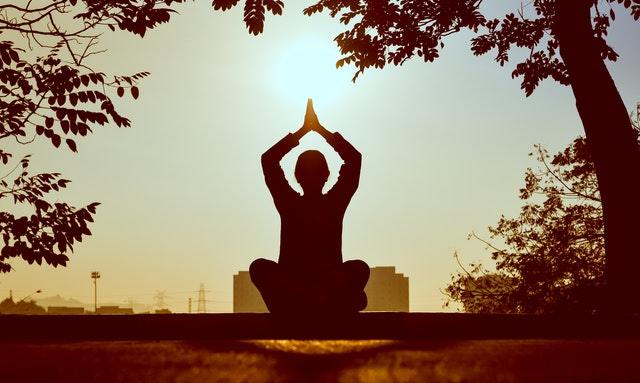
When you’re tired, it’s important to remember to breathe. When we are anxious, we become aware that we are short of breath. There are breathing exercises you can use to avoid tension in its tracks and relax after a stressful day.
Process:
1. Breathe in through your nose as deeply as possible, without compromising your own comfort. Breathe slowly and count to 5 if that helps. It’s normal to not reach 5 from the very first attempt.
2. Breathe out through your mouth.
3. Repeat the process for 3-5 minutes.
How often do you experience stress? How do you usually deal with it? Tell us in the comment section below.

